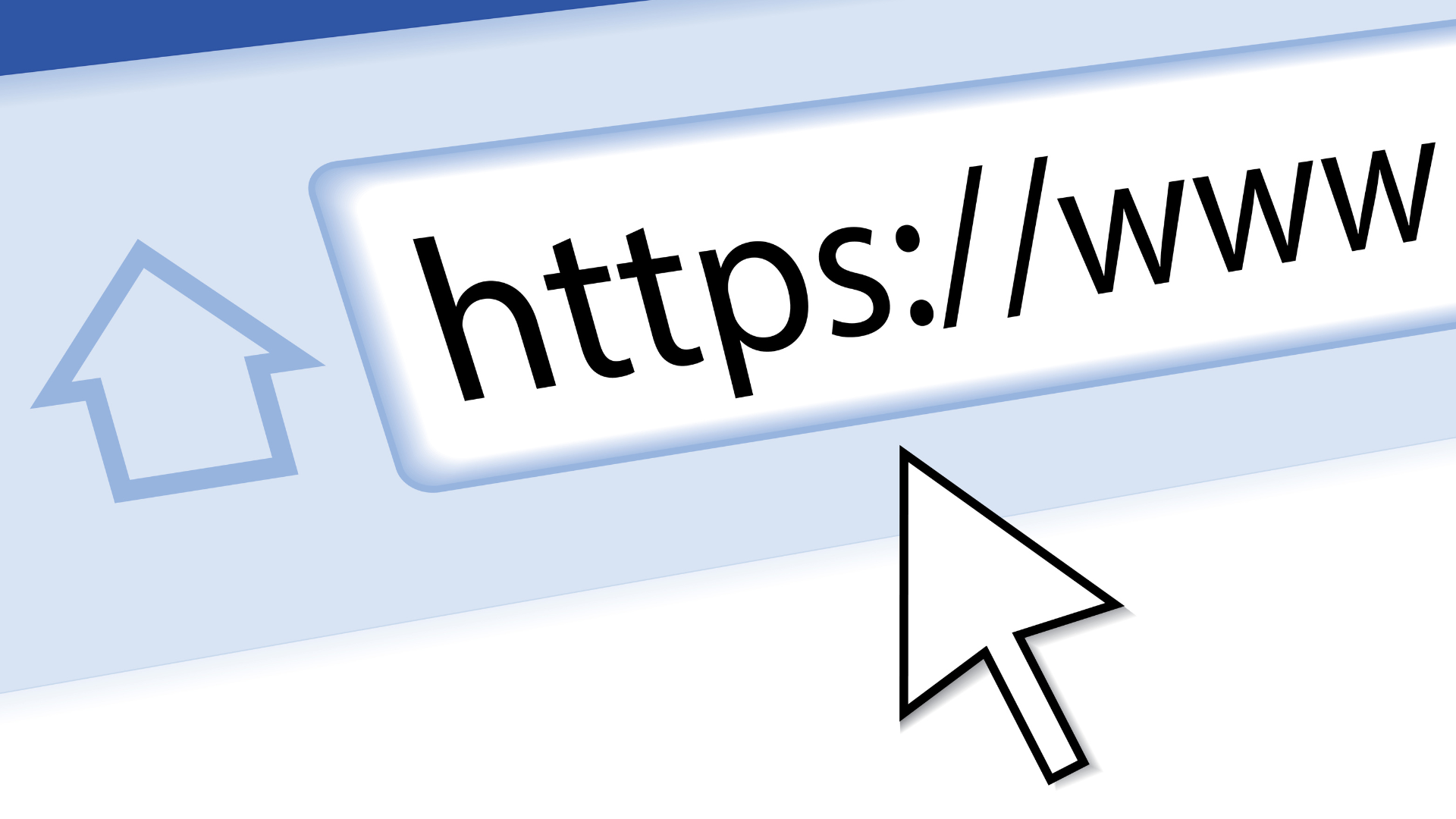Last Updated on July 8, 2024 by Monty Savage
Converting a single website visitor into a lead can significantly impact a business’s success. The value of one lead lies not just in a potential sale but in the long-term relationship it can create. A lead represents an opportunity to understand customer needs, tailor offerings, and foster loyalty.
Engaging with every lead can provide valuable insights into market trends and consumer behaviour. Leveraging these insights helps refine marketing strategies and improve product development. Moreover, personal interaction with leads humanises the brand and builds trust.
One lead can also be a gateway to more opportunities. A satisfied customer often shares their positive experiences with others, creating a network of potential new leads. In essence, focusing on each individual lead magnifies the potential for growth and expansion.

Assessing Lead Values
Effective lead assessment is critical to maximising conversion rates and ensuring high return on investment. This involves evaluating lead quality indicators and assessing the conversion potential of each lead.
Lead Quality Indicators
Lead quality indicators help businesses determine the likelihood of a lead turning into a sale. These indicators include demographics, behaviour, engagement level, and fit with the company’s target market.
- Demographics encompass age, gender, income level, and location. Analysing these factors ensures the lead aligns with the target audience.
- Behaviour refers to the actions taken by the lead on the website, such as page visits and time spent. High engagement typically signals higher interest.
- Engagement level includes the frequency and quality of interactions. Leads who actively engage with emails or social media are often more promising.
- Fit pertains to how well the lead matches the ideal customer profile. A close fit increases the chances of successful conversion.
Conversion Potential
Once quality indicators are established, understanding the conversion potential is next. Conversion potential measures a lead’s readiness to make a purchase and their likelihood to convert within a given timeframe.
- Sales funnel stage is crucial; leads closer to the purchase decision stage show higher potential. Leads can be categorised into awareness, consideration, and decision stages.
- Past interactions provide insights into a lead’s journey and predict future actions. Analysing past behaviour aids in crafting effective follow-up strategies.
- Lead scoring systems assign numerical values to leads based on their attributes and actions. This helps prioritise follow-ups and allocate resources efficiently.
Evaluating conversion potential enables focusing efforts where they are most likely to yield results, ensuring efficient use of marketing and sales resources.

Optimisation Strategies
Success hinges on refining each aspect of the visitor’s journey. This includes focusing on well-designed landing pages, compelling calls to action, and fostering user trust through a seamless experience.
Landing Page Excellence
Effective landing pages are crucial. Key elements include a clear headline, engaging visuals, and concise, persuasive copy. Each element should guide the visitor towards the intended action. Removing distractions and using whitespace strategically helps keep focus. Performance metrics, such as load times and mobile responsiveness, are pivotal. A/B testing different layouts, headlines, and images can yield insightful data that drives continuous improvement.
Calls to Action
Calls to action (CTAs) must be clear and compelling. A strong CTA uses action-oriented language and stands out visually. Placement is also critical; it should be immediately noticeable without feeling intrusive. Using persuasive tactics, such as highlighting benefits or creating a sense of urgency, can enhance effectiveness. Testing different wording and colours can reveal what resonates most with the audience.
User Experience and Trust
User experience (UX) is a cornerstone of trust. A site should be intuitive, with easy navigation and clear paths to information. Trust signals, such as customer reviews, security badges, and professional design, reinforce credibility. Consistency across the site in terms of design and messaging fosters user confidence. Addressing user feedback promptly can help identify and fix any barriers to trust, resulting in a more reliable online presence.
Here at Eighteen, we really believe in our ability to bring the right exposure for our clients to generate that one perfect lead.


